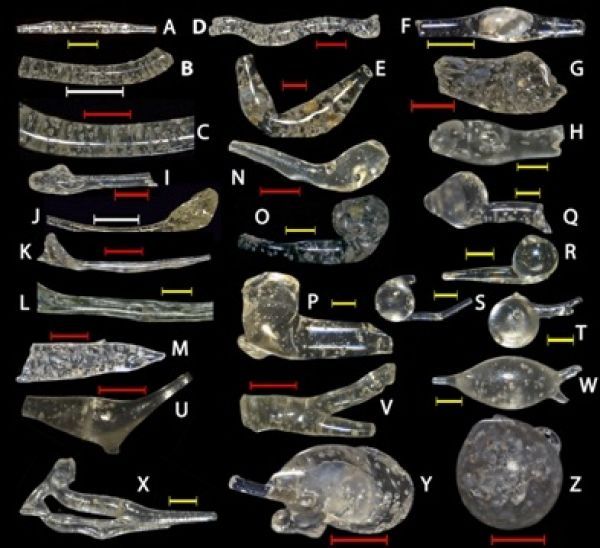Mario Wannier, a career geologist with expertise in studying tiny marine life, was methodically sorting through particles in samples of beach sand from Japan’s Motoujina Peninsula when he spotted something unexpected: a number of tiny, glassy spheres and other unusual objects.
Wannier, who is now retired, had been comparing biological debris in beach sands from different areas in an effort to gauge the health of local and regional marine ecosystems. The work involved examining each sand particle in a sample under a microscope, and with a fine brush, separating particles of interest from grains of sediment into a tray for further study.
A surprise in the sand grains: glassy particles
“I had seen hundreds of beach samples from Southeast Asia, and I can immediately distinguish mineral grains from the particles created by animals or plants, so that’s very easy,” he said. In the Motoujina sands, collected by Wannier’s colleague, Marc de Urreiztieta, he found familiar traces of single-celled organisms known as foraminifera, which come in a variety of forms. They typically have shells and reside in and around seafloor sediment.
Read more at Lawrence Berkeley National Laboratory
Image: This assortment of glassy particles was discovered in beach sands near Hiroshima. (Credit: Anthropocene, Volume 25, March 2019, DOI: 10.1016/j.ancene.2019.100196)


